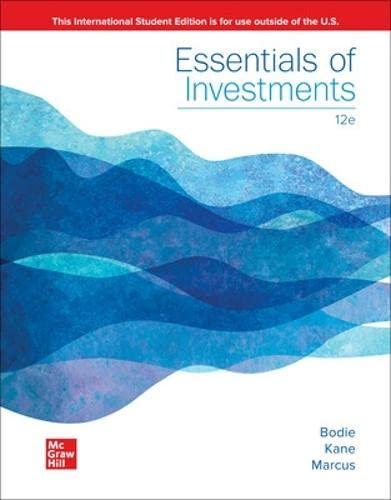Question
1. You are considering two mutually exclusive projects: projects A and project B. The initial cash outlay (cost) associated with project A is $60,000, whereas
1. You are considering two mutually exclusive projects: projects A and project B. The initial cash outlay (cost) associated with project A is $60,000, whereas the initial cash outlay associated with project B is $ 80,000. The required rate of return on both projects is 10 percent. The expected annual free cash inflows from each project are as follows:
Year | Project A | Project B |
|
0 | - 60,000 | -80,000 |
|
1 | 13,000 | 15,000 |
|
2 | 13,000 | 15,000 |
|
3 | 13,000 | 15,000 |
|
4 | 13,000 | 15,000 |
|
5 | 13,000 | 15,000 |
|
6 | 13,000 | 15,000 |
|
| |||
A. Calculate the payback period. Which project should be accepted under the payback rule?
B. Calculate the NPV and the IRR for each project and; (i) indicate which project should be accepted, if mutually exclusive; (ii) Explain in detail why you selected or rejected the project/s; (iii). What are the implications for the firm if you selected the wrong project?
Step by Step Solution
There are 3 Steps involved in it
Step: 1

Get Instant Access to Expert-Tailored Solutions
See step-by-step solutions with expert insights and AI powered tools for academic success
Step: 2

Step: 3

Ace Your Homework with AI
Get the answers you need in no time with our AI-driven, step-by-step assistance
Get Started


